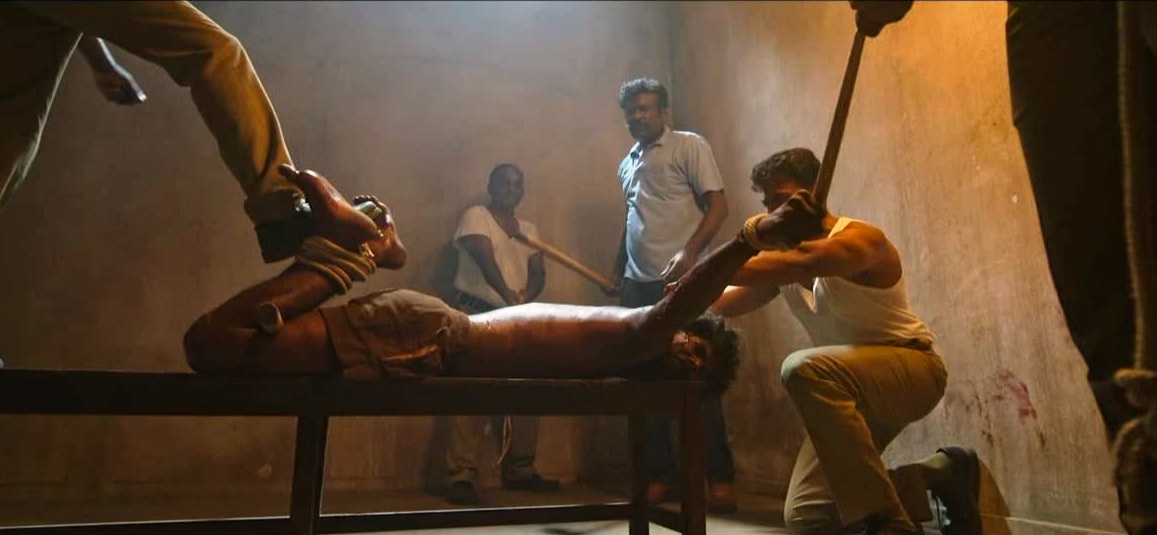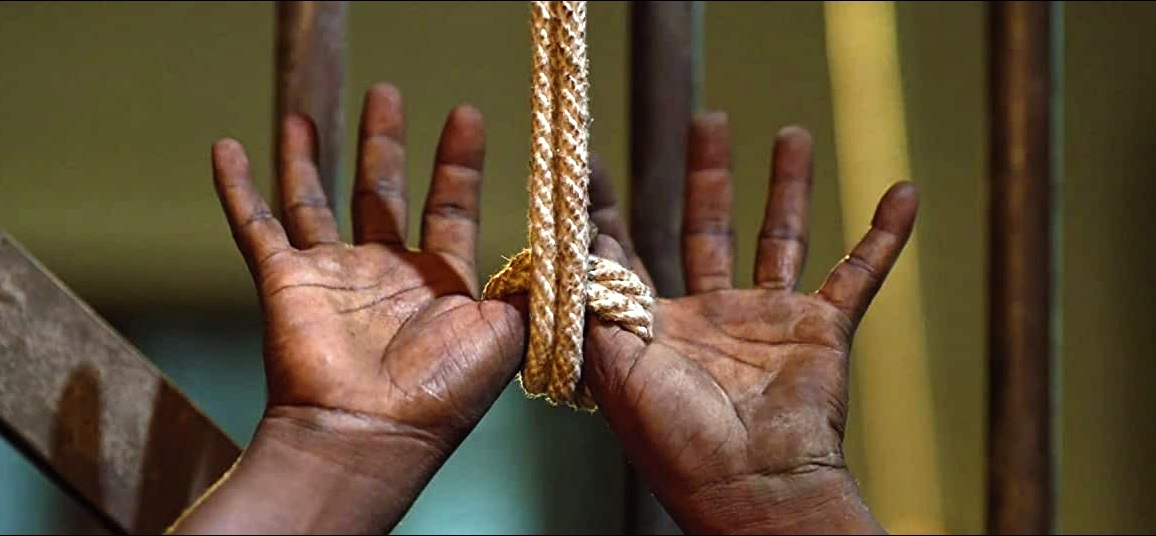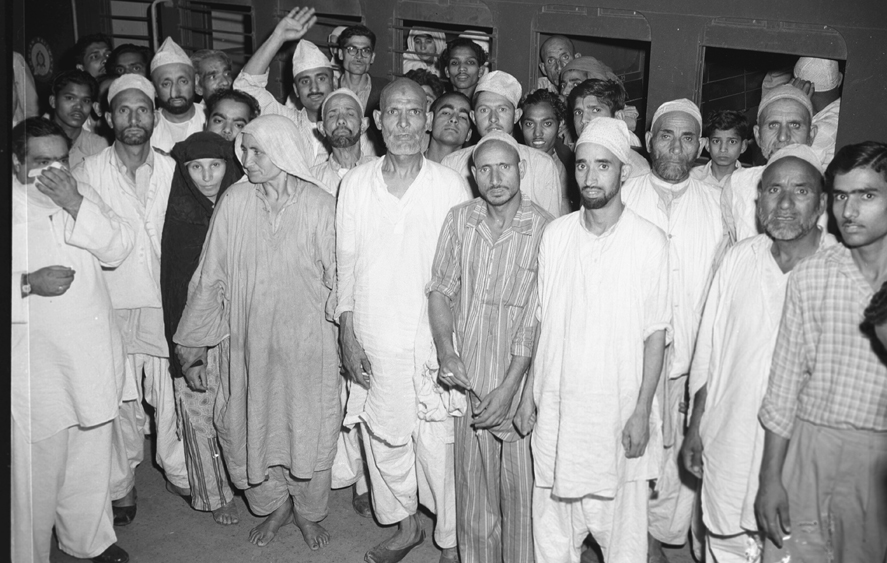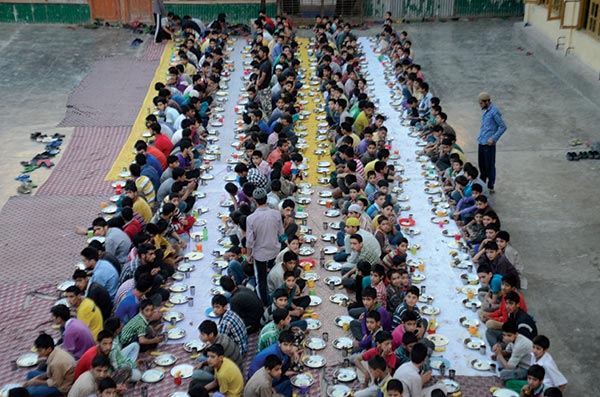by Aabid Mushtaq
Thus Jai Bhim is a real incident and representative of thousands of such cases, which have gone unheard and unexpressed.

Custodial tortures ranging from the assault of various types to death by the law enforcement agencies for extortion of confessions and imputation of evidence are not uncommon. The methods of investigation and detection of a crime, in the backdrop of vast scope or idea of “humane” administration of criminal justice, not only disregard the human rights of an individual and undermines his dignity but also exposes him to unwarranted violence and torture by those who are expected to ‘ protect’ him.
In India where the rule of law is inherent and has an apex command and right to life and liberty is an existential force or derivative right for most of the other fundamental rights and adorning highest stand amongst all fundamental rights. The events or different instances of torture and using third-degree methods upon suspects during illegal detention and police remand casts a slur on the very system of administration.
Furthermore, it raises questions on the competency of judicial premises on unfettering such nastiest actions of police and not safeguarding these sacrosanct rights. The terrible dealing with the suspected persons has created a depressing scenario. Torture in custody is at present treated as an inevitable part of an investigation. Investigations retain the wrong notion that if enough pressure is applied the accused will confess.
Showcasing The Tragedy
The Jai Bhim movie has unfolded several aspects of the society we live in and the systems we are part of, thus has made it more apparent and understandable for the general masses. How prisoners are being neglected and denied of their rights in the jails and the use of force against them in a very dangerous way is what this movie has touched at and is what makes it simply devastating and a tremendous film at the same time and consequently the struggles of a lawyer and the victims for the proper in time judicial interventions.
The said movie has provided insights into the various aspects of the rule of law and accordingly the misuse of the powers and authorities. This further reflects the reality of jails, dealings with the prisoners, and the invoking of different inhumane tortures. The rule of law is what is vital and should be followed in any matter, whatever would be the stage the law is the primary and priority to be obeyed. This movie has not only tackled police’s illegal and unlawful stringent behaviour with the inmates but has also focused more on the difficulties to fight against such a system, the attraction of life risks, and threats.
Degrading Practice
The set-up of such destructive methods, which devastatingly degrade human lives is unfortunate. The practice has become so common that when we are looking into the affairs of law enforcers only authoritarian types seem to be around. The rule of law is just a mere idea that has to kneel down before these authorities. How the affairs of a country are approaching from a welfare state to a police state is bizarrely an upshot of the loss of accountability.

In the last two decades, 1,888 custodial deaths have been reported across India, with 893 cases registered against police personnel, while a mere 358 police officers and justice officials were formally accused. Just 26 policemen were convicted in this period, official records show. Data compiled by the country’s Crime in India reports from 2001-2020 showed that 76 custodial deaths were reported last year. The state that reported the highest number of such deaths in 2020 was Gujarat on the western coast with 15, followed by Uttar Pradesh in the north. No convictions were reported last year. Yet according to a report by the National Campaign against Torture (NCAT), approximately five people died in custody every day in 2019.
The Legal Framework
Torture has been widely denounced by the International Community and is regarded as illegal under international law. The Supreme Court of the United States in Miranda v. Arizona, 384, U.S. 436, 448 (1996) and also in Blackburn v State of Alabama, U.S. 199 (1960) held that “ coercion can be mental and as well as physical.’’ Not only has the US come up with the change in its approach to torture but also the European states have framed up conventions for the protection of Human Rights and Fundamental Freedoms.
India has a strict legal procedure for dealing with cases of torture. Legal remedies are clearly laid down in various laws and codes such as the Code of Criminal Procedure, Indian Penal code, Indian police Act, Indian Evidence Act and the Fundamental law of the land, i.e. the constitution of India.
Despite these safeguards, India has failed to put into practice these provisions of laws. India is a signatory of many international conventions such as ICCPR, UDHR and UNCAT, which provides for the prohibition of torture. These conventions also prohibit torture and the use of inhumane means and methods against human beings.
Article 2(1) of UNCAT provides that “every state party shall take effective legislative, administrative, judicial or other measures to prevent acts of torture in any territory under its jurisdiction.” Similarly, Article 5 of the Universal Declaration on Human Rights states, “ No one shall be subject to torture or cruel, inhuman or degrading treatment or punishment.” Article 7 of ICCPR is also significant as it directs countries to refrain from torturing for any purpose.
India is duty-bound to follow and not to violate the provisions of these conventions as a part of these. The implementation of these conventions is nowhere, becoming a country approaching to cross the number to have most human rights violations in the world.

The government must intervene and courts should derive the strict guidelines for the police system to make custody, the literal meaning of it a guardianship because a suspect is never a criminal in a first instance and torturing a suspect or victim never lowers down the crime rate but it accelerates. To conclude the long run of custodial tortures and eventually could define the nature of Indian governance as to quote the former Supreme Court judge, VR Krishna Iyer has said that the custodial torture is worse than terrorism because the authority of the state is behind it.
Thus Jai Bhim is a real incident and representative of thousands of such cases, which have gone unheard and unexpressed. These cases need to be heard by way of providing them justice.
(Author is a student of law at the School of Law, The University of Kashmir, Srinagar. He tweets at @AabidRafiqa. The opinions expressed in this article are those of the author’s and do not purport to reflect the opinions or views of Kashmir Life.)















